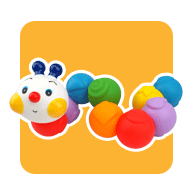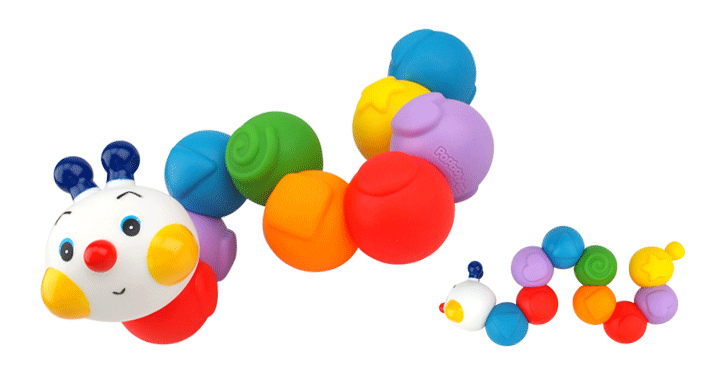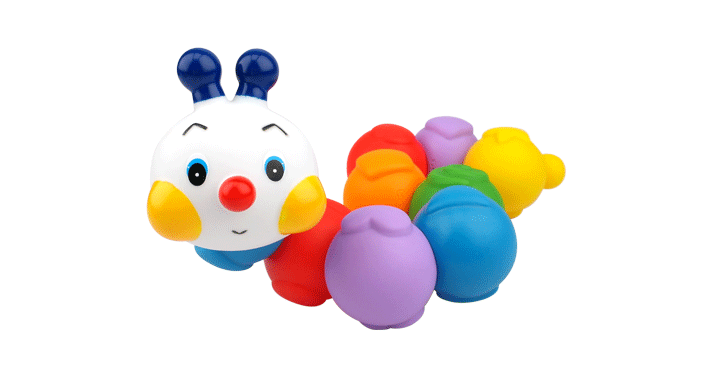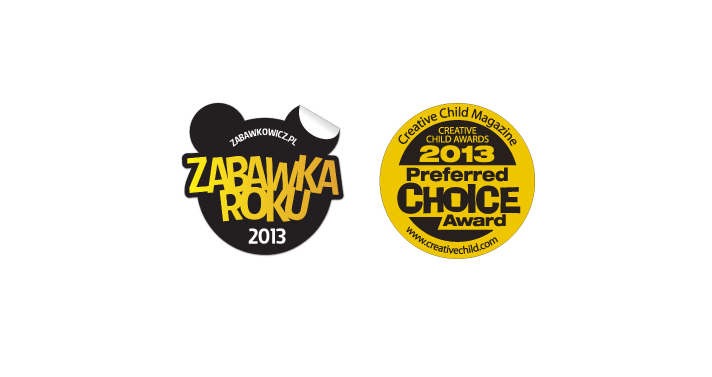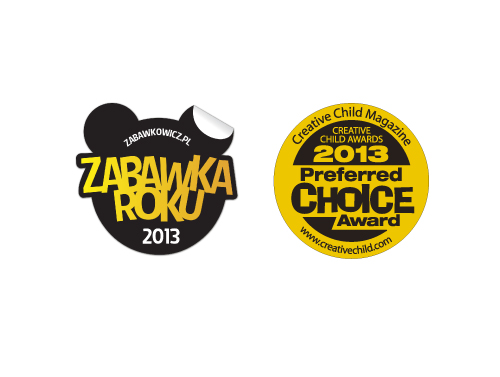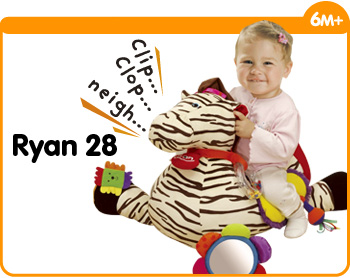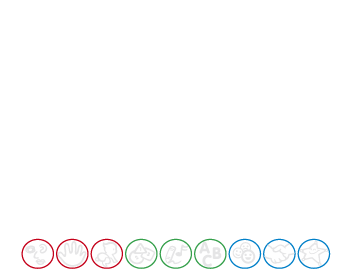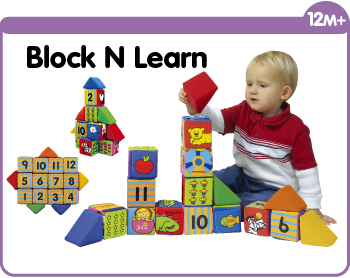 Chain-an-inchworm
Chain-an-inchworm- Description
- Stage 1(6 - 18M)
- Stage 2(9 - 18M)
- Stage 3(12 - 30M)
- Stage 4(18 - 36M)
- Stage 5(24 - 36M+)
- Sharing

1 Inchworm head + 9 beads/set
Head: 6cm(W) x 6cm(H) x 5cm(D)
Bead(Diameter): 4.9cm
Chain-an-inchworm is a set of colorful and educational beads. Children can train their fine motor and logic skills as they link the pieces together to build inchworms of different lengths and color sequences. But they don't have to stop at inchworms. Children can let their imaginations run wild by building all sorts of 2D and 3D configurations, at the same time developing their creativity and aesthetic skills.
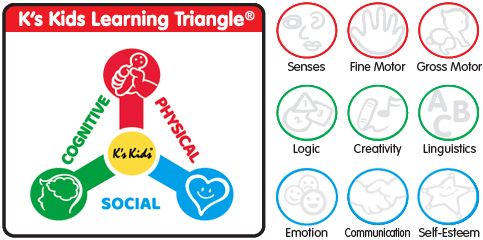






 Senses
Senses
The fundamental senses of seeing, tasting, hearing, smelling & feeling encourage a child's curiosity.
 Fine Motor Skills
Fine Motor Skills
Fine motor skills are those smaller actions between the thumb and fingers or using the toes to wriggle and feel the objects.
 Gross Motor Skills
Gross Motor Skills
Gross motor skills are larger movements involving the arm, leg, or feet muscles or the entire body.
 Logic
Logic
Logical training enables babies to make connections between pieces of information.
 Creativity
Creativity
Colors, shapes, learning how to draw, getting familiar with music and rhythm, all goes to aid the growth of a child's creativity.
 Linguistics
Linguistics
Linguistic Intelligence is the ability to use sound and language for expression and comprehension of others while a child is developing.
 Emotion
Emotion
A healthy child should be able to control and express his emotion, and interact effectively with others with mutual trust.
 Communication Skills
Communication Skills
Good communication skills lead a child to perform cooperative tasks and become productive team members.
 Self-Esteem
Self-Esteem
Self-Esteem is an overall sense of achievement a child feels from the important people around him. Task basis activities could help children to build up a stronger self-esteem with a better judgment about their own worth.
*These are recommendations made under normal circumstances. Parents can determine which activities are most suitable depending on the progress of individual children.
Objective: To train the fine motor skills
Method: The colorful balls are designed for young children to grasp. Parents should help and encourage children to grasp the balls with both their right and left hands.
























Objective: To recognize facial features
Method: Parents can use the inchworm's head as a teaching aid to teach children to recognize facial features such as the head, eyes, nose, and mouth etc.








Objective: To teach children to point out specific facial features
Method: As parents say out loud specific facial features, such as “head”, “eyes”, “nose”, and “mouth”, they can encourage children to point to the corresponding facial feature on the inchworm's head.
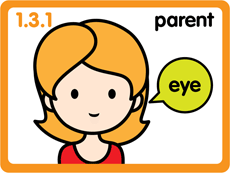











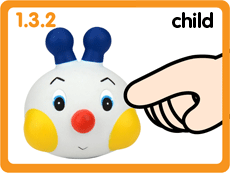











Objective: To recognize and identify colors
Method: Parents can use the colored balls to teach children to recognize colors such as red, yellow, blue, green etc.




































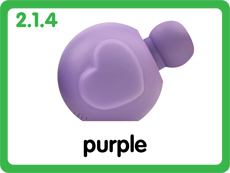











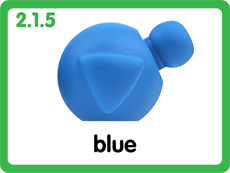











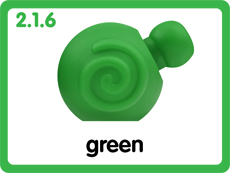











Objective: To recognize and identify shapes
Method: Parents can use the shapes on the colored balls to teach children to recognize shapes such as circle, triangle, star etc.
















































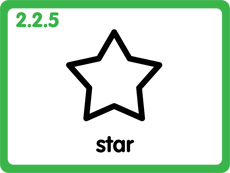











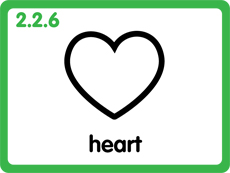











Objective: To differentiate between a protrusion and a cavity
Method: Parents can use the linking sections of the balls to teach children to differentiate between a protrusion and a cavity.








Objective: To assemble inchworms of different lengths and shapes
Method: Children can recreate the inchworms shown in the following diagrams, starting from the simple combinations and progressing to the complex ones.












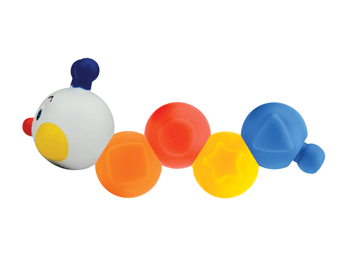











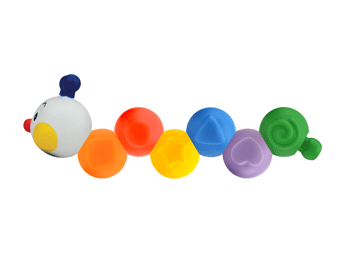























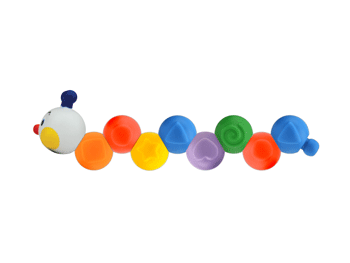











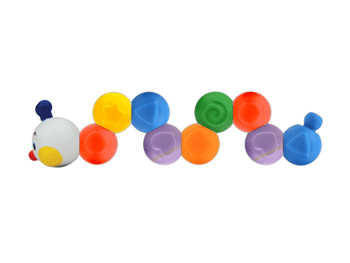











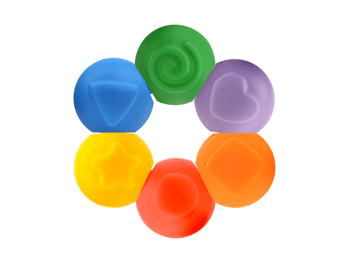











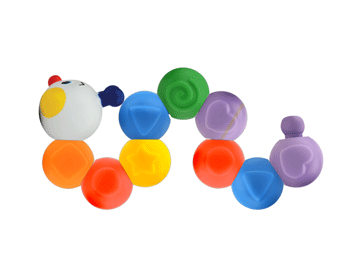











Objective: To develop creativity
Method: Using techniques and concepts from activity 3.1, children can create their own inchworms and bring out their creativity.
Objective: To learn color and shape sequences
Method: Children can recreate the inchworms shown in the diagrams below, with parents making sure that the color sequences are correct.












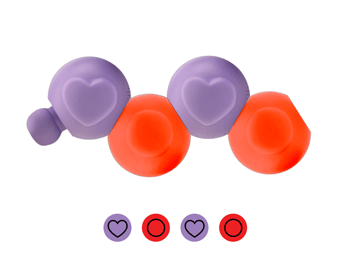











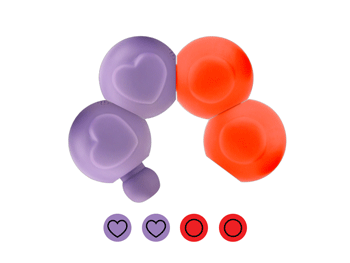











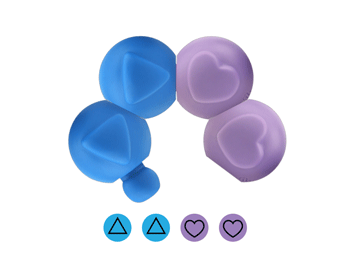















































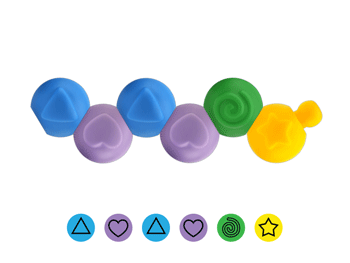











Objective: To deduce the missing color and shape in a sequence
Method: Children can deduce the missing color and shape in the following sequences, then recreate the inchworms.

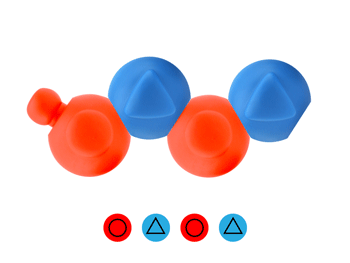













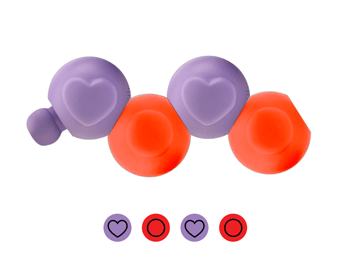












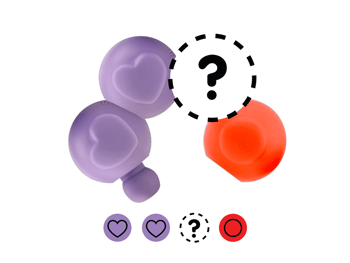
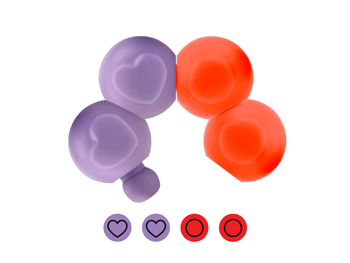












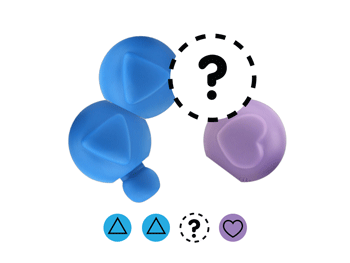
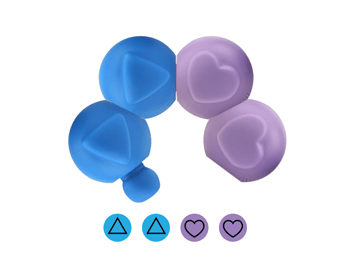












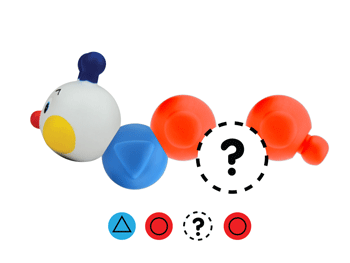
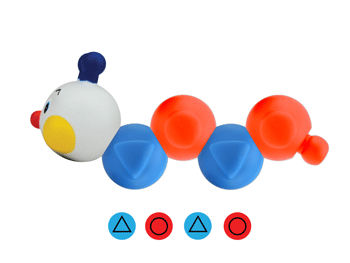












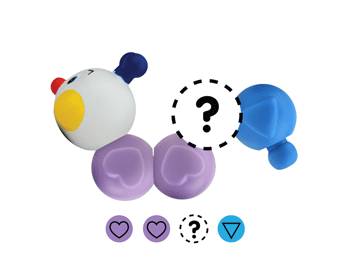
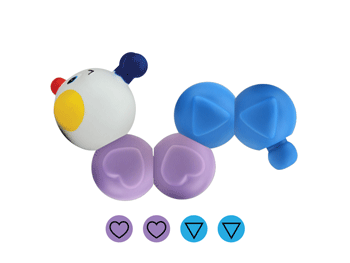












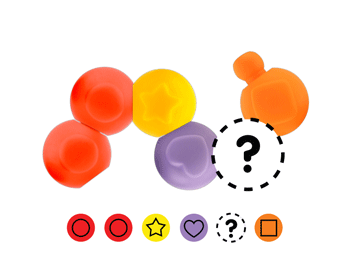
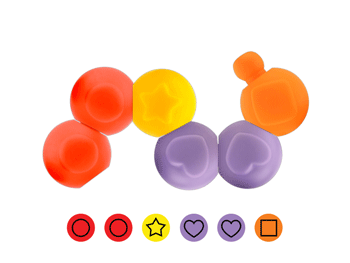












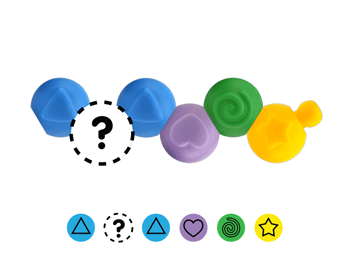
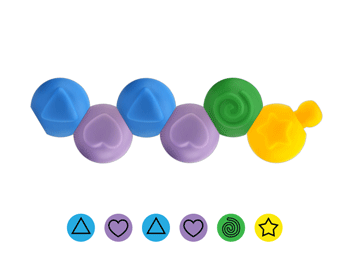












Objective: To develop 3 dimensional and spatial concepts
Method: Children can recreate the 3D configurations shown in the following diagrams.












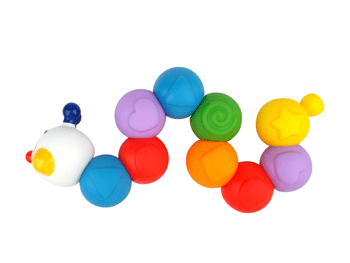











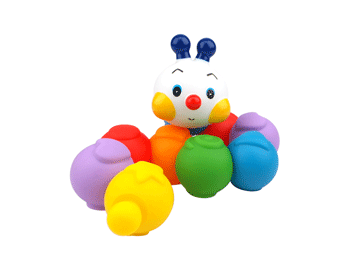











Objective: To create their own 3D configurations
Method: Using techniques and concepts from activity 5.1, children can create their own 3D configurations and bring out their creativity.
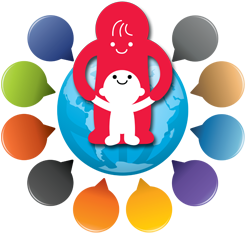
Sharing
We sincerely hope that the guidelines provided by our K's Kids Parents' Support Center will help you make the most of your K's Kids product. We hope that every child with a K's Kids product will benefit from playing and learning from it.
We also believe that every child is unique and full of creativity.
Apart from the learning methods provided here, have you or your child discovered fun and creative ways to play with your K's Kids toys? A different combination of Chain-an-inchworm? An interesting, new way to teach language using Learn to Talk™ ? Or do you simply want to share your feelings and opinions?
To share your views, please use the form below. Attach a photo or video and provide us with a short note. Whatever it is, we earnestly hope that you will share your views with us. Your views may in turn be shared with countless other parents, so that more kids can have fun with their K's Kids toys.
Please do not close this window.















































































